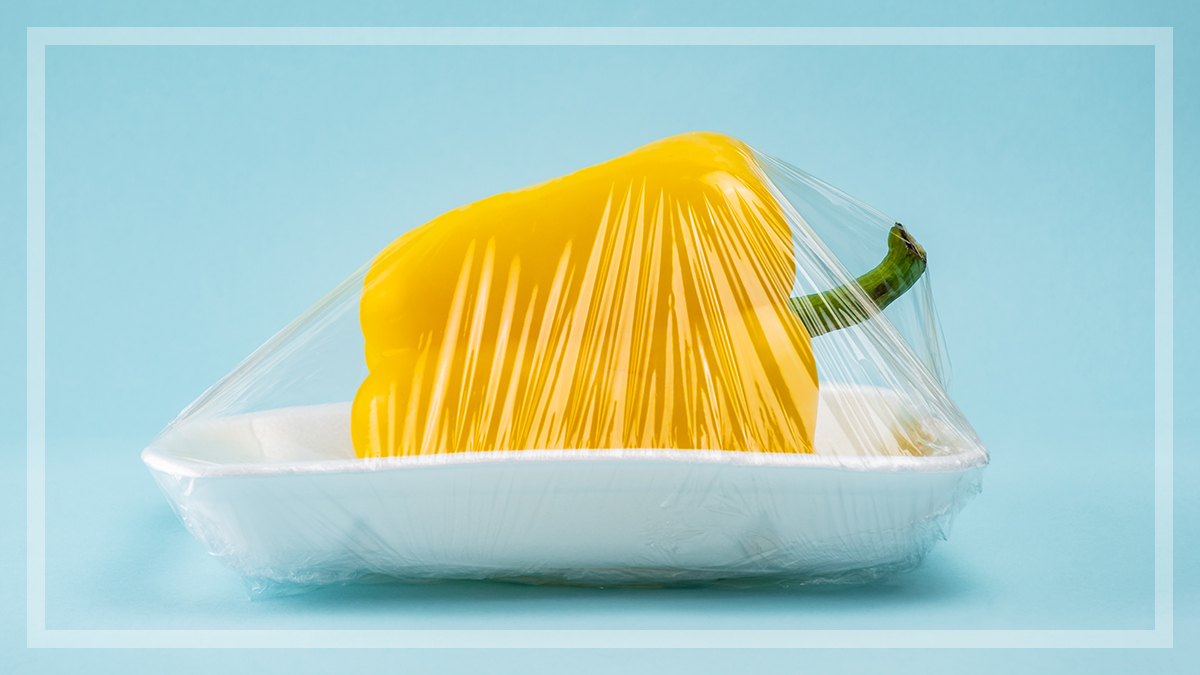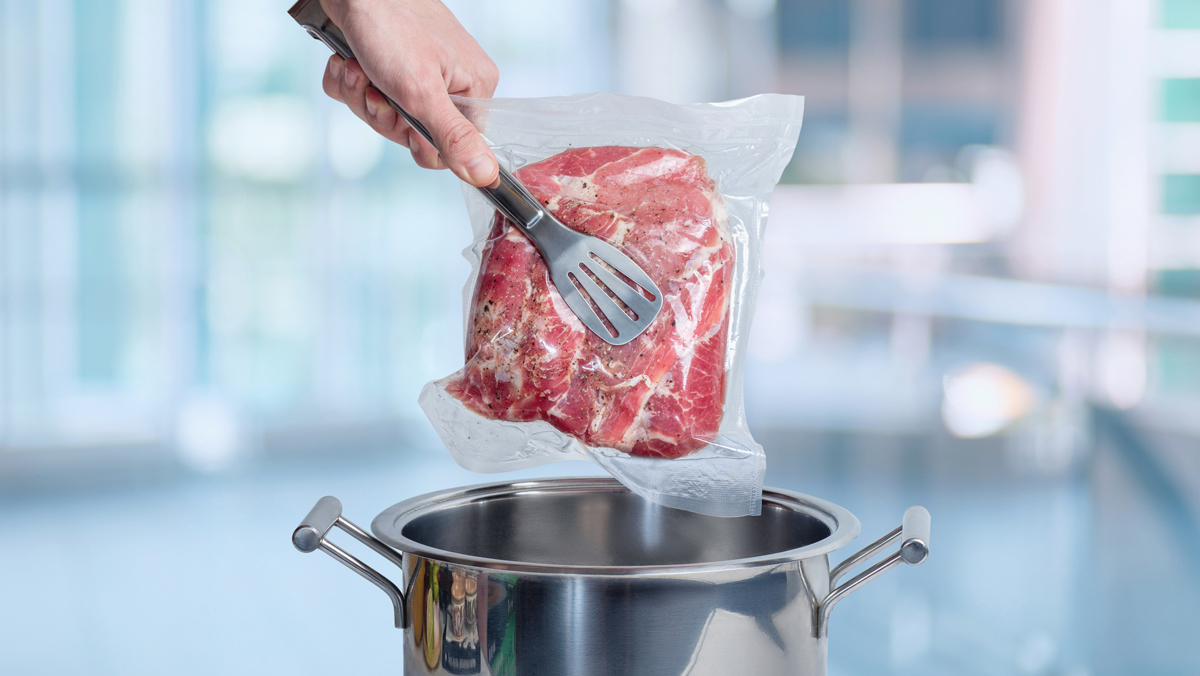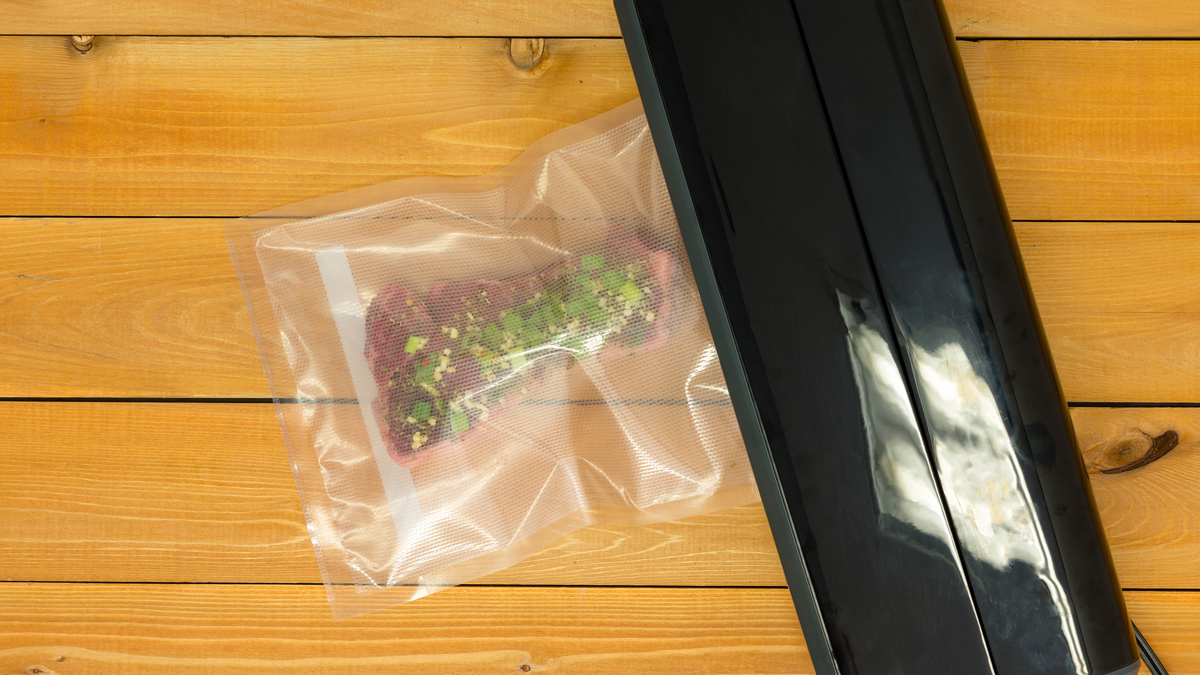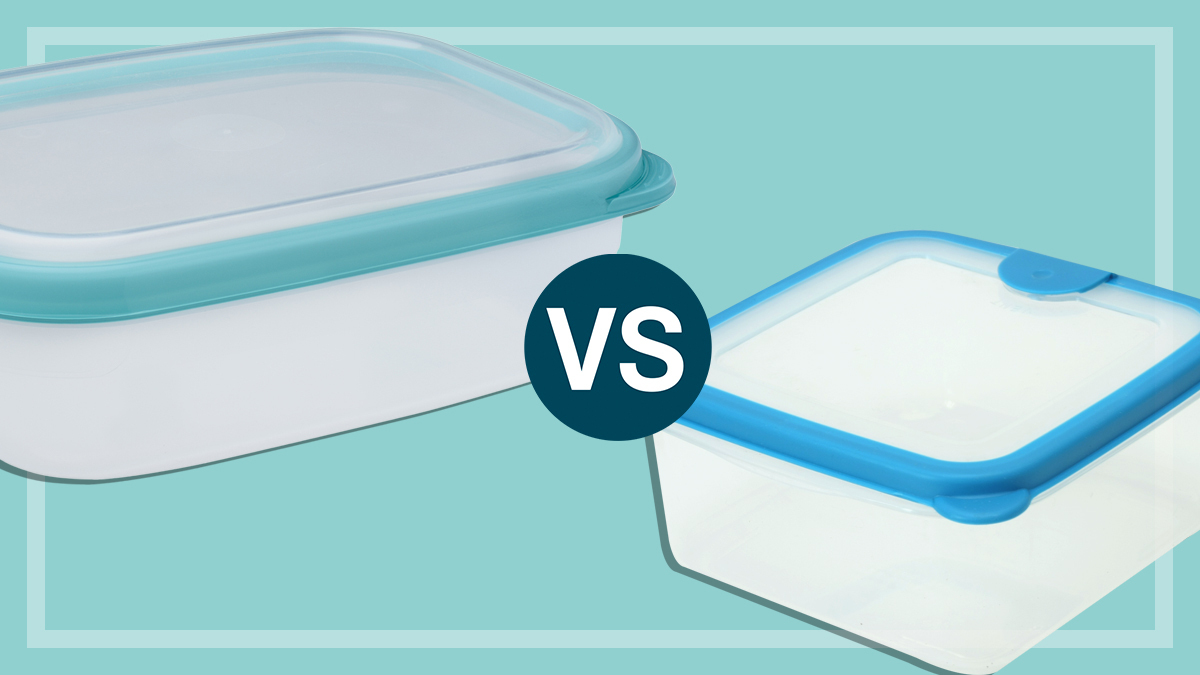Get our independent lab tests, expert reviews and honest advice.
The best and worst cling wraps
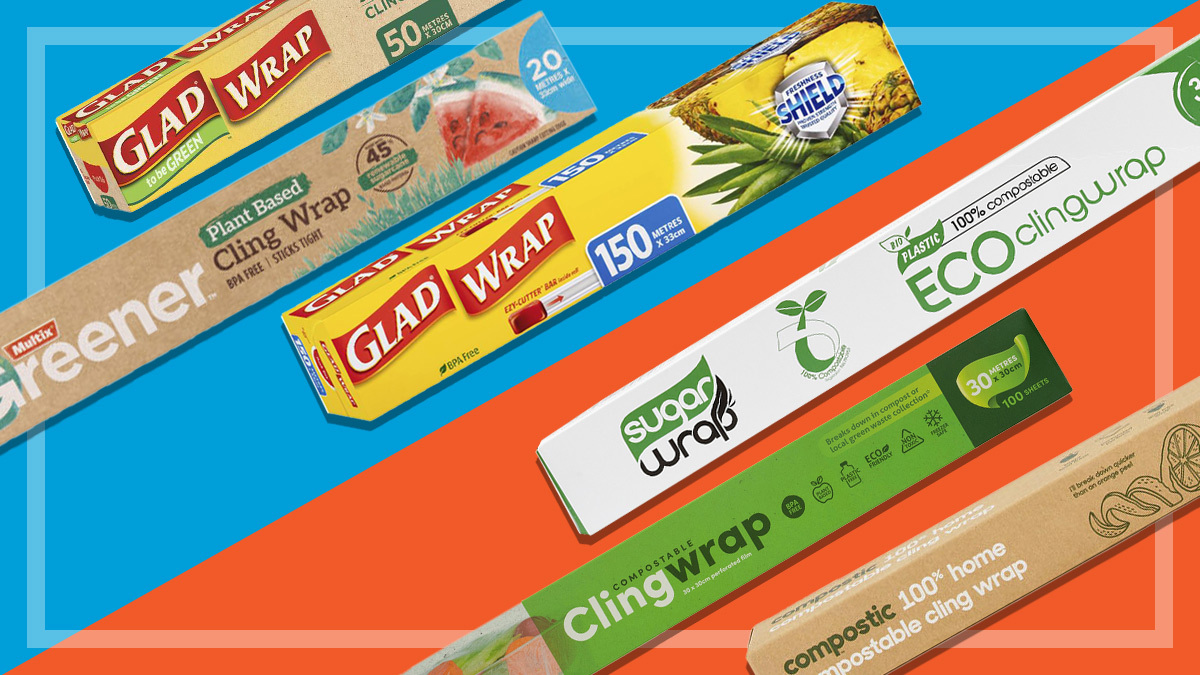
It goes by many names – cling film, cling wrap, plastic wrap, Glad wrap, Saran wrap – but we all know the pain of wrestling with the plastic food wrap that’s difficult to tear off the roll and manages to cling to itself no matter how you handle it.
Love it or loathe it, it’s a staple in many Australian households, used in many different ways, from poaching eggs to stopping your shampoo leaking in your suitcase while travelling. Oh, and some people apparently use it to cover food.
CHOICE’s kitchen queen Fiona Mair put 23 cling wraps to the test to see which ones give the best cling. These are the best and worst performers from our test.
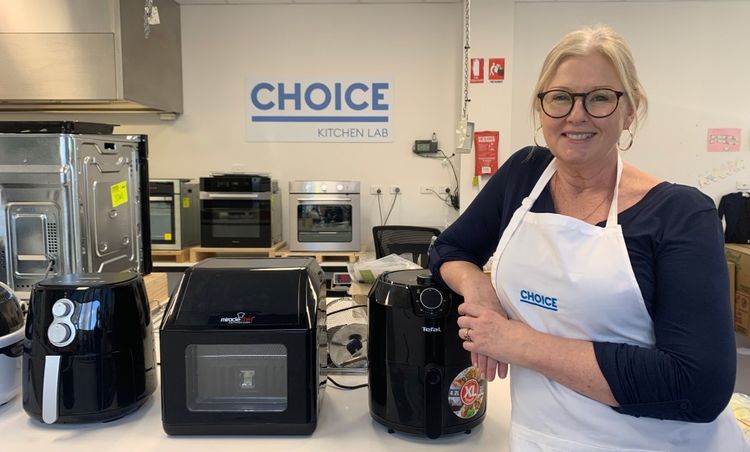
How we test
Working from home during the Sydney lockdown, Fiona valiantly tested a variety of cling wraps in her own kitchen. She took on the one task that most of us hate: checking how easy it is to open the packaging and dispense the cling wrap. She also checked the position of the serrated edge and how neat the cut is.
Next up, she checked each wrap’s stickiness by assessing how well they adhered and then resealed to different cookware materials: a Pyrex bowl, a porcelain ceramic dish, a plastic bowl and a stainless steel bowl.
She also turned up the heat, using them while reheating food in the microwave to see whether the products could withstand heat and contact with fatty hot food without shrinking or breaking.
That’s a serious undertaking when there were more than 20 products to test!
Cling wrap’s environmental impact
As consumer awareness of environmental issues grows, manufacturers are creating more ‘eco-friendly’ options to meet the demand, such as plant-based, compostable and biodegradable options.
Unfortunately though, these eco claims are difficult to substantiate and there’s no mandatory standard for these labelling schemes, so it can be difficult to tell what you’re buying.
If buying sustainably is important to you, try to dig a bit deeper rather than just relying on the marketing spin.
Eco claims are difficult to substantiate and there’s no mandatory standard for these labelling schemes
“While testing so many cling wraps over a couple of weeks, I really felt the guilt of using such a product and where it will end up,” says Fiona.
“Buying eco-friendly, biodegradable cling wrap is worth looking into, but you should do your research as it is important to know how they should be disposed of. If you have a compost bin, definitely look for a home compostable cling wrap. However, throwing compostable cling wrap into a bin that ends up in landfill may have very little benefit to the environment.”
For reusable products that are a good alternative to single-use plastics, read our reusable food covers article, which looks at products like beeswax wraps, silicone food savers, and reusable sandwich bags.
The best performing cling wraps from our test
Glad brand dominated our cling wrap test, taking out three of the top spots (equal first, and second). And while ‘green’ cling wrap products typically don’t perform as well as regular cling wrap, two of the top five products include plant-based materials, which is great news for the environment.
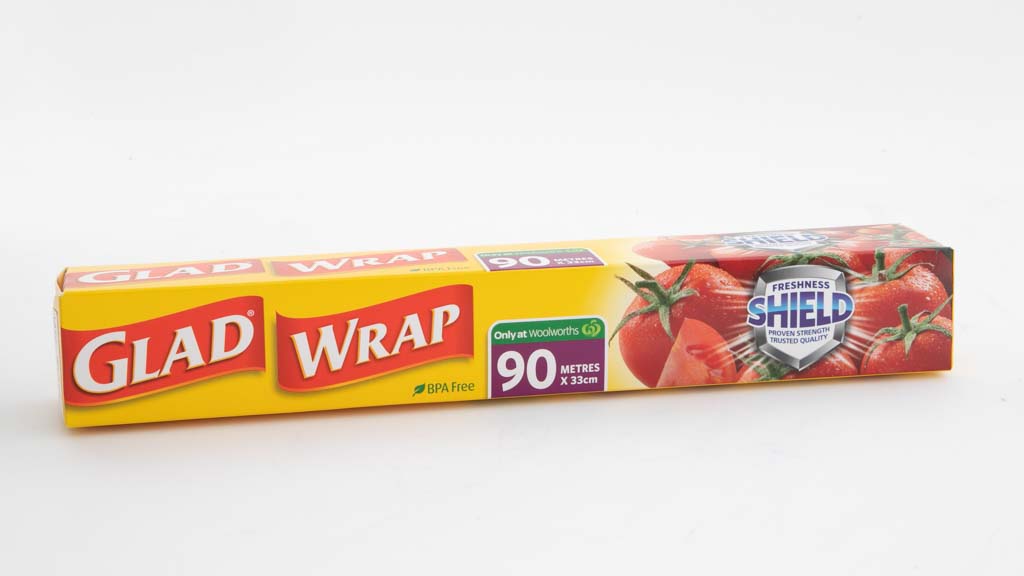
Unfortunately these two ‘eco’ products aren’t the most eco-friendly ones on the market. The Glad to be Green cling wrap is only 50% plant-based, with the rest comprising traditional petroleum-based plastic. And the Multix Plant Based Cling Wrap isn’t 100% plant-based – it uses only 45% renewable sugar cane-based product.
The good news is that you can expect great performance from all of the top-scoring products, with all of them scoring well across the board for adherence, microwave heating and ease of use – so you can buy with confidence.
These are the top performers:
- Glad Wrap (81%)
- Glad Wrap with Ezy-Cutter Bar (81%)
- Glad to be Green 50% Plant Based Cling Wrap (79%)
- Goliath Cling Wrap (78%)
- Multix Plant Based Cling Wrap (78%)
The worst performing cling wraps from our test
“I had high hopes for the eco-friendly cling wraps,” Fiona says.
“They all performed as well as some of the regular cling wraps when it came to sealing and heating, and the Great Wrap actually outperformed all cling wraps for this.
“However, when it came to ease of use such as opening, dispensing, cutting and condition of packaging, it was a big disappointment.”

The Sugar Wrap product scored well in our tests for adherence and microwave heating (with scores of 80% and 70% respectively), but was badly let down by its ease of use score – it scored just 43%, which was the second-lowest score for ease of use in this test.
“The manufacturers of these eco-friendly products need to take a good look at the way their products are packaged so consumers will continue to purchase them,” Fiona says.
These were the worst-performing cling wraps in our test:
- Sugar Wrap Eco Clingwrap 100% Compostable (65%)
- Bio Tuff Compostable Cling Wrap (65%)
- Black & Gold Cling Wrap (66%)
- Ecoduz Compostable Cling Wrap (67%)
- Compostic 100% Home Compostable Cling Wrap (68%)

